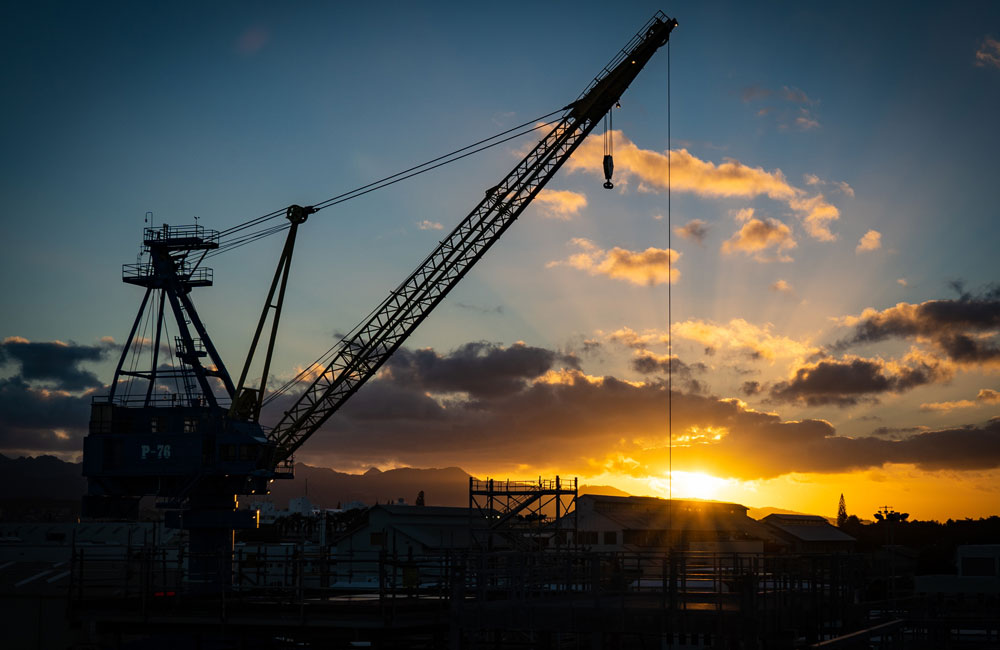This year has seen a cautious but meaningful rebound in foreign-funded projects in Sri Lanka, as the government re-engages with bilateral partners and moves to restart previously stalled investments. Following the country’s deep economic and debt crisis, the new leadership has placed revitalisation of foreign-assisted development as a key plank in its recovery strategy.
Japan and China Resume Investments
One important signal came from the administration of Anura Kumara Dissanayake which announced that some 11 Japanese-funded projects and 76 Chinese-backed initiatives that had been suspended are now earmarked for resumption. Japan, for example, confirmed that its government is ready to restart 11 major stalled projects worth an estimated US$1.1 billion over the next five years including airport expansion, water supply and infrastructure schemes.
The performance of foreign-funded projects in the first half of the year has been mixed. On the positive side, the government has signalled a renewed investment-friendly atmosphere, emphasising transparency, fiscal governance and debt restructuring as pre-conditions for new disbursements. However, the overall execution of capital spending remains weak: by end-July the government had spent only about 22 percent of its budgeted expenditure for the year, in part because the late resumption of foreign-funded infrastructure projects slowed implementation.
Strategic Focus Areas
In response, the government has set out a two-fold plan: first, to restart the suspended projects by clearing bottlenecks such as financial guarantees, procurement delays and partner-government coordination; and second, to rebuild confidence among foreign donors by demonstrating macro-economic stability and improved institutional safeguards. President Dissanayake has emphasised that “every rupee spent is treated as a public trust” in a bid to reassure partners about governance and project oversight.
For example, work is already underway on key projects like the 50 MW wind-power plant in Mannar, which is being cited as one of the first large foreign-assisted investments to move ahead under the current regime. The government also plans to prioritise those projects which support export-led growth, infrastructure connectivity and renewable energy aligning with its broader strategy of shifting the economy from crisis recovery to sustainable expansion.
Persistent Challenges
Despite these efforts, challenges remain. Delays in donor funding, high import costs for materials, and administrative capacity constraints have been flagged by industry observers as limiting factors. Moreover, the finance ministry faces the task of coordinating multiple lenders (Japan, China, and multilateral agencies) while ensuring that projects do not overburden already strained public finances.
In summary, Sri Lanka’s foreign-funded projects are entering a revival phase: from being largely stalled to gradually restarting — backed by clear political commitment and a refocused strategy. The government’s plan now hinges on swift implementation of the restart agenda and conversion of the resumed projects into visible infrastructure gains. If successful, these projects could play a meaningful role in bridging the country’s investment gap and supporting an economic turnaround.

Leave your comments
Login to post a comment
Post comment as a guest